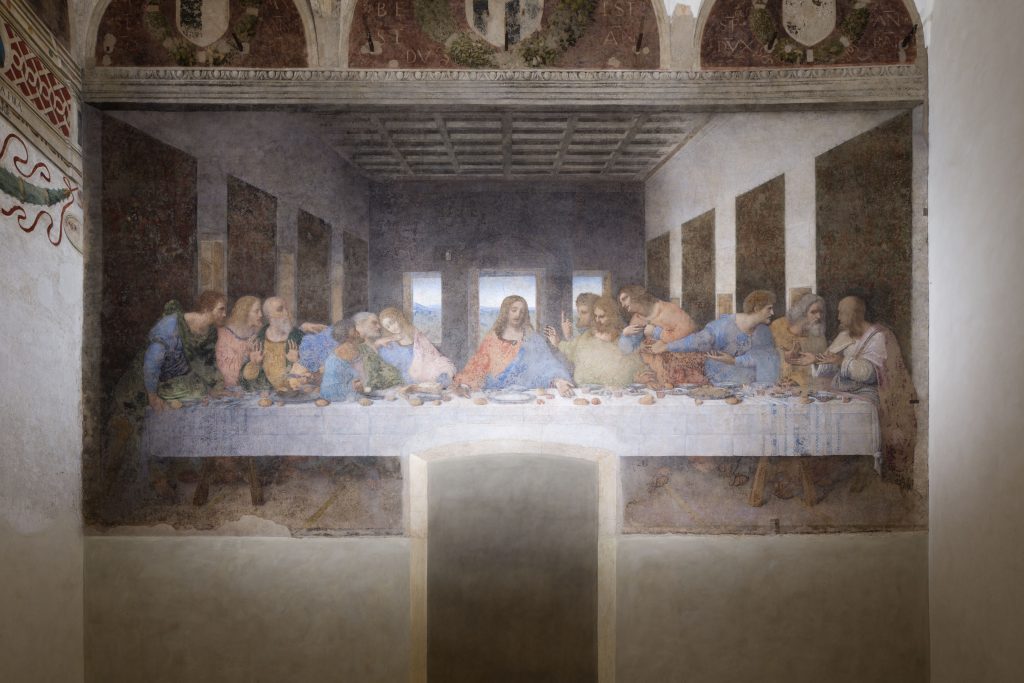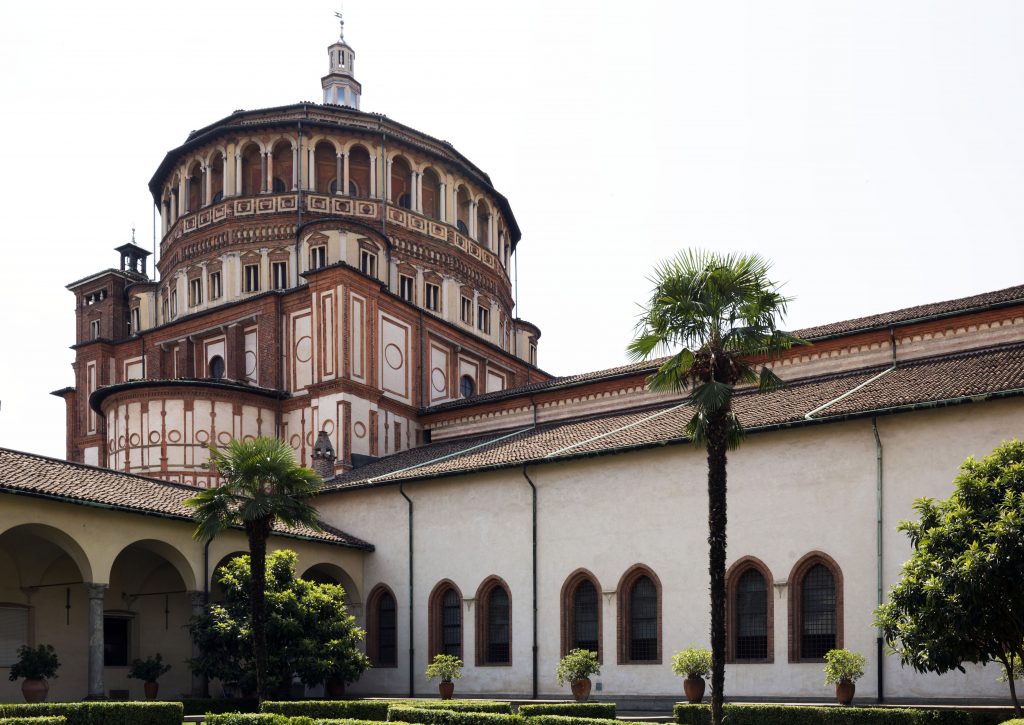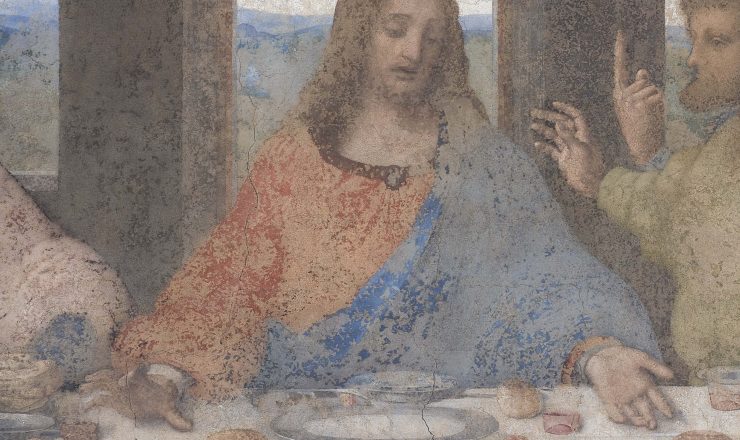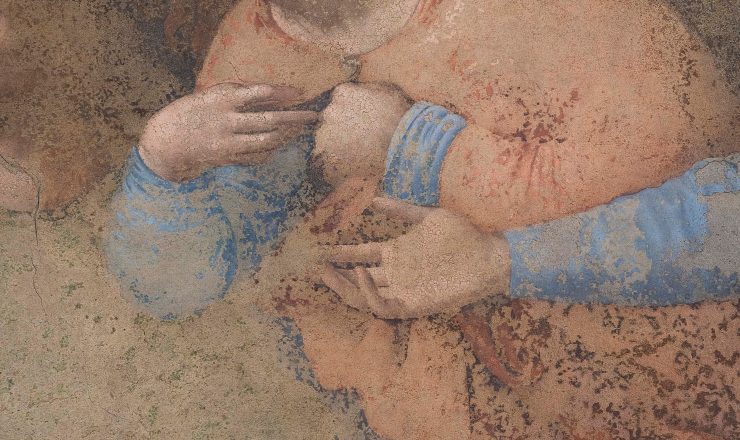Museo del Cenacolo Vinciano
Milano
The Museum
The Museum of the Last Supper houses a mural painted by Leonardo da Vinci on the northern wall of the refectory of the Dominican convent of Santa Maria delle Grazie, in Milan.
In 1980, the Last Supper, the church, and the adjacent convent were designated World Heritage Site by UNESCO.
The History

Ultima Cena di Leonardo da Vinci
Da Vinci’s patron was Ludovico Sforza, known as “il Moro”, the duke of Milan who undertook a renovation of the church and convent of Santa Maria delle Grazie, a place of family celebration and burial.
The most famous representation of the Last Supper was painted over a timespan from 1494 to 1497. The technique used by Leonardo was not the traditional fresco but a “dry” method, i.e. colour mixed with a tempera grassa medium directly laid on the dry plaster of the wall.
The iconography was equally innovative, though. Leonardo chose to depict the most dramatic moment of the Last Supper, the one showing the reaction of the apostles to Christ’s announcement that one of them would betray him, focusing on the representation of the emotions.
The painting showed very soon to be extremely fragile and had already begun to deteriorate just a few years after it was completed.
In 1999, after almost twenty years of work, an important restoration was brought to an end, and revealed what remains of the original artwork.
The Building

Convento domenicano di Santa Maria delle Grazie
The refectory in which Leonardo painted the Last Supper is part of the Dominican convent of Santa Maria delle Grazie.
The complex was founded in 1463, but it was in 1492, with Ludovico il Moro’s rise to power, that a campaign of Renaissance style expansions and renovations was undertaken in the great cloister, the apse, and the tribune, under the direction of Donato Bramante.
Beatrice d’Este, Ludovico’s young wife, was buried in the choir of the basilica, in a mausoleum created by Cristoforo Solari and subsequently moved to the Certosa in Pavia.
In 1943, during the Second World War, the church and convent were bombed. The refectory was razed to the ground and only the two end walls were saved: the one with the Crucifixion by Giovanni Donato Montorfano (1495) and the other one with Leonardo’s masterpiece. The work remained exposed for several days to atmospheric agents, which contributed to accelerate its degradation.
The heritage
-

Detail of the figure of Christ
The open hands, the left hand palm facing upwards, the mouth still half-opened: Leonardo depicted Jesus at the exact moment in which he utters the famous words: “Verily, verily I say unto you, that one of you shall betray me.” From the sorrowful face of Christ, situated in the exact point where the vanishing lines of the painting converge, the reactions of the apostles spread out like a wave, in an intertwining of gestures and expressions that link them.
-

Details of the figure of the apostle Philip
The apostles are arranged in four groups of three each, at both sides of Christ, in a composition that evokes the spreading out of successive waves, as if the echo of Christ’s words was reverberating on his disciples. Each one is captured in the moment in which he is reacting to the words of Christ: Philip puts his hands on his chest, bearing witness to his grieving innocence.
-

Details of the apostles Thaddeus and Simon
The two apostles, situated at the ends of the table, seem to repeat the words they have just heard, disturbed and incredulous.
Address
Piazza Santa Maria delle Grazie, 2
20100 Milano
Ownership
Ente MiC
Tipology
No profit/donation museum, gallery
Info
+39 02 4987588
cenacolo.direzione@beniculturali.it
Service charter
Planimetry